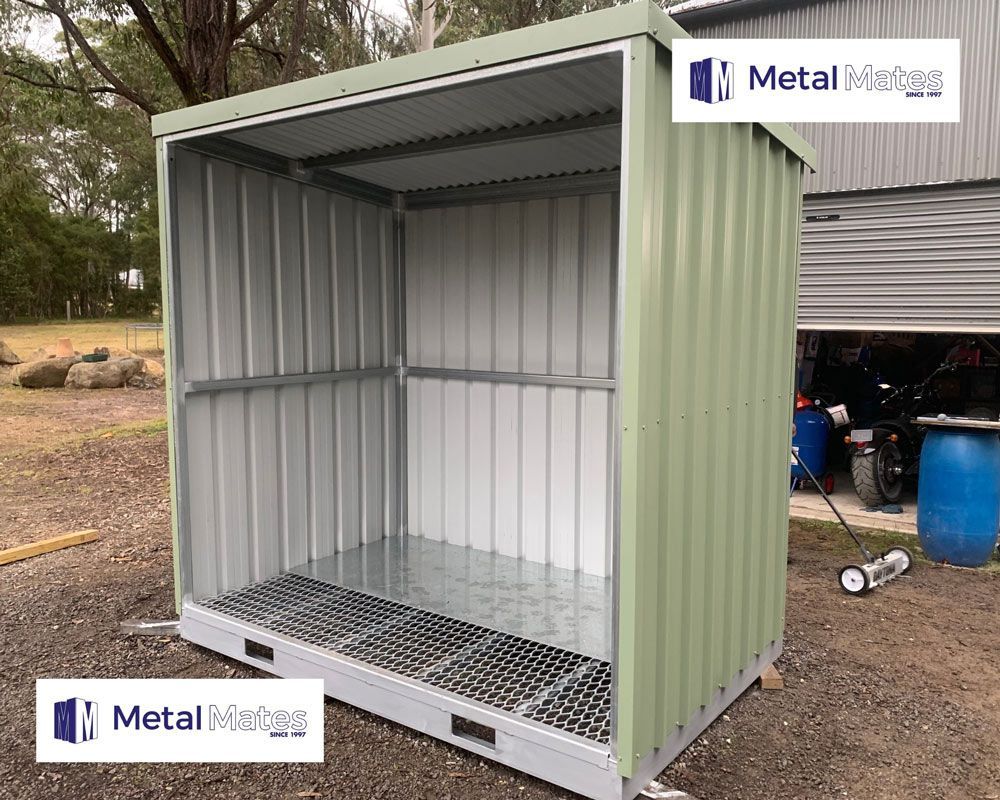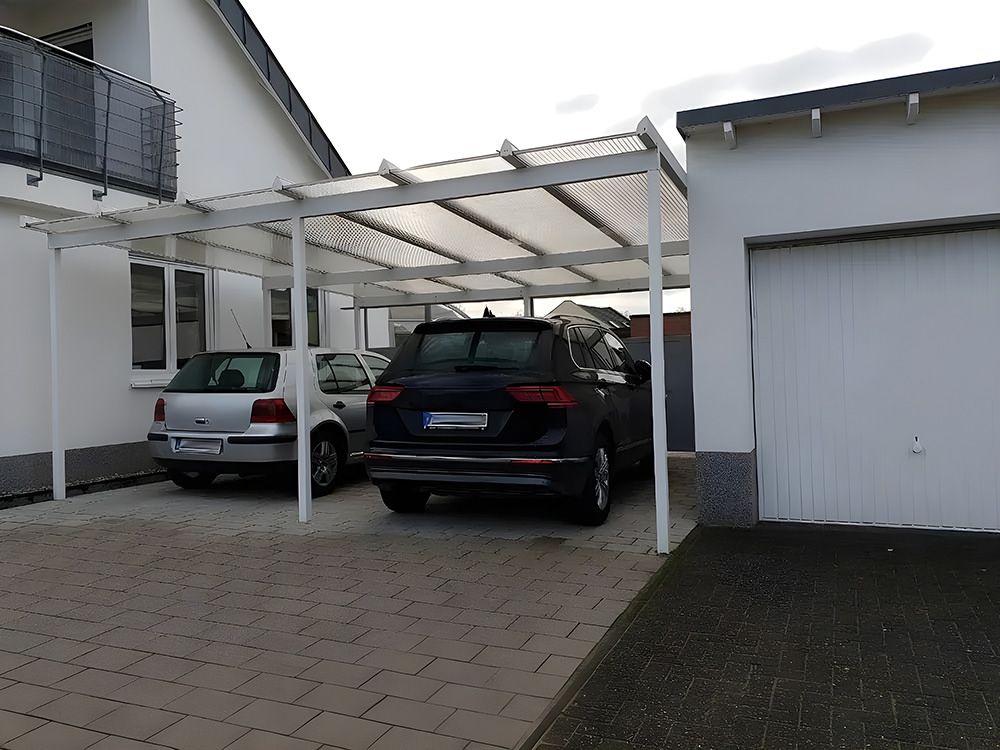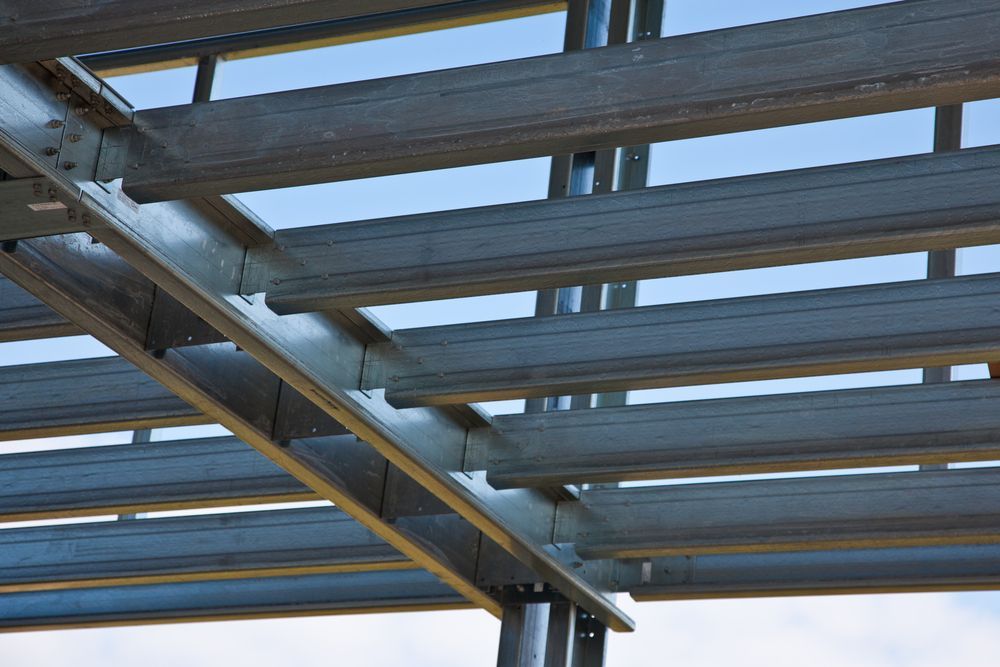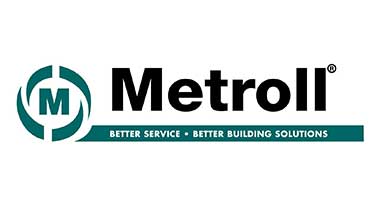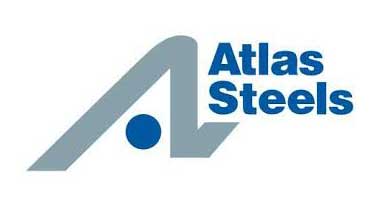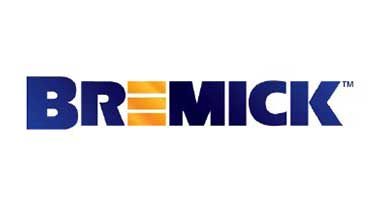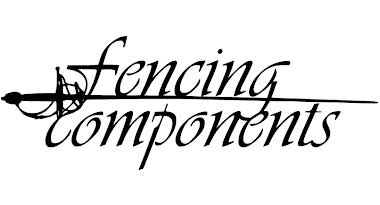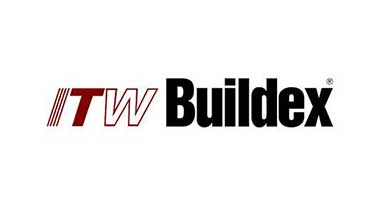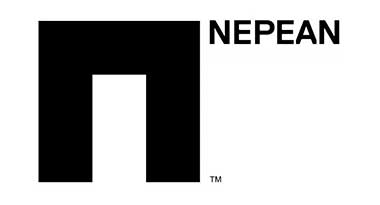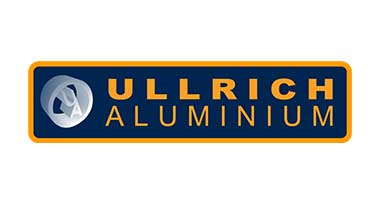Metal Cutting: Everything You Need To Know
In the metalworking process, metal cutting is a central part of raw material processing. It is an interplay between science and art, with precision, skill and technical knowledge at its core. In this blog, we explore the process of metal cutting, its techniques, the tools used and the necessary safety measures involved.
Tools for Metal Cutting
The tools used in metal cutting are as varied as the techniques themselves. Common tools include:
- Lathe: This machine is used in the turning technique.
- Milling Machine: It is used for milling to move the cutting tool along the workpiece.
- Drill Press: Used for drilling, this machine holds the workpiece stationary.
- Saw: This simple tool, typically used in manual sawing, features a hard, toothed blade.
- Plasma Cutter: This tool releases a jet of hot plasma for cutting.
- Laser Cutter: This machine uses a high-powered laser for precise and intricate cutting.
- Water Jet Cutter: This device releases a high-pressure water jet for cutting, especially for metals sensitive to heat.
Considerations for Metal Cutting
- Material Properties
Different metals possess different properties—hardness, toughness, brittleness and heat resistance—which influence the appropriate cutting method. - Cutting Tool Material
The material of the cutting tool should be harder than the workpiece to successfully perform the cutting operation. High-speed steel, cemented carbides, ceramics and diamond are the common tool materials. - Cutting Conditions
Parameters such as cutting speed, feed rate and depth of cut need careful consideration as they directly affect the cutting process and the finish of the workpiece.
Metal Cutting Techniques
Metal cutting can be broadly categorised into two types: chip producing and burning.
Chip Producing Techniques
- Turning: This technique involves a stationary cutting tool and a rotating workpiece. As the workpiece spins, the cutting tool shaves off metal chips, resulting in a symmetrical final piece. This is often used for creating cylindrical parts.
- Milling: Unlike turning, milling involves a rotating cutting tool and a stationary workpiece. The cutter moves along the workpiece, carving out the required shape. It's perfect for creating asymmetrical and complex parts.
- Drilling: Drilling is the process of creating round holes in a workpiece. A rotating cutting tool, or drill bit, is forced into the metal, removing material in the shape of the hole.
- Sawing: This method uses a blade with hard, sharp teeth that cut into the metal as it moves back and forth.
Burning Techniques
- Plasma Cutting: This process utilises a jet of hot plasma to cut through the metal. It's versatile and can cut through various metals, including steel, brass, copper and aluminium.
- Laser Cutting: As the name suggests, this technique uses a high-powered laser to cut precise and intricate shapes into metal.
- Water Jet Cutting: This method uses a high-pressure jet of water, sometimes mixed with an abrasive substance, to cut through the metal. It doesn't produce heat, making it ideal for metals that may be affected by thermal distortion.
Advanced Techniques
- Abrasive Jet Machining (AJM): This method uses a high-speed stream of abrasive particles carried by high-pressure gas or air on the work surface. It's perfect for cutting heat-sensitive, brittle and thin materials.
- Ultrasonic Machining (USM): USM uses ultrasonic waves to machine hard and brittle materials. The technique is non-thermal, non-chemical and leaves no residual stress on the workpiece.
- Future of Metal Cutting: With advancements in technology, we're witnessing new developments in metal cutting methods, like 3D Laser Cutting and Robotic Plasma Cutting. These techniques promise higher precision, efficiency and versatility, changing the way we approach metal cutting.
Safety Precautions
Metal cutting can be a risky venture if proper safety measures aren't implemented. Here are a few key tips to keep in mind:
- Always wear appropriate safety gear, including safety glasses, gloves and steel-toe boots.
- Ensure your workspace is well-ventilated, particularly when using burning techniques.
- Regularly maintain and inspect your tools and machines to prevent unexpected failures.
- Always keep a first-aid kit and a fire extinguisher nearby.
- Always follow the manufacturer's instructions when operating any machinery or tool.
Take Your Project to the Next Level with Metal Mates
Need high quality metal cutting services? Call Metal Mates today. Our friendly team can handle all metal cutting requirements. We specialise in saw cutting but can source laser, water, plasma and oxy cutting if necessary. We can arrange your order to be cut to size, to suit the needs of any project. Give us a call to learn more!

